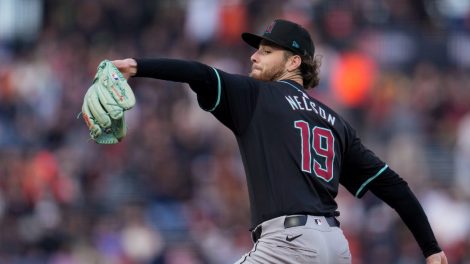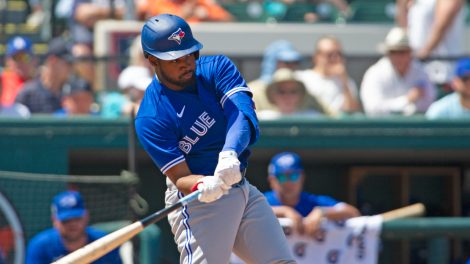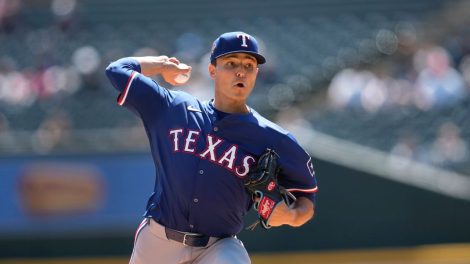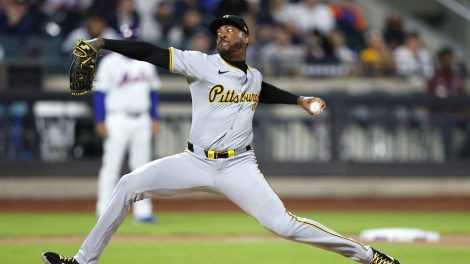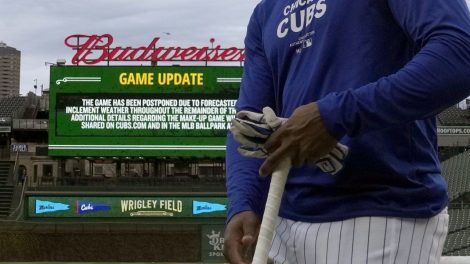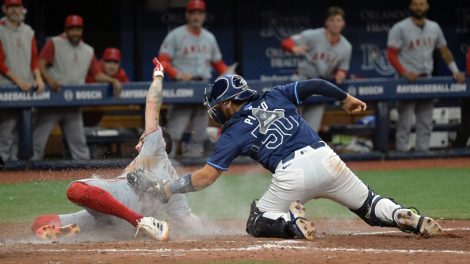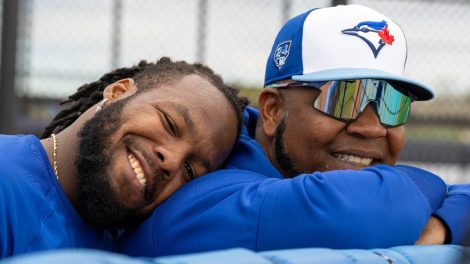Parsing the varying degrees of meaning in baseball statistics is always tricky.
On the one hand, you can look at counting stats and tally up what has happened over the course of a season, but these don’t offer much insight in terms of the “why” or “how.” On the flip side, there are rate stats and predictive stats— the numbers that attempt to adjust for variables, but require a sufficient sample size before they can be reliable.
Because relief pitchers rarely provide a truly meaningful sample, deconstructing their statistics can often prove problematic. Even with all the heretofore unimaginable metrics now at our disposal, diving in on a reliever’s season can provide plenty of evidence, but no clear proof as to whether if things are either as good or bad as they seem, or where they could go from here.
The narrative-based stats for closers do a poor job of explaining how a pitcher is pitching, but to some extent, there’s a cruel efficiency to the manner that they tabulate the bottom line for players with that role. Saves are a silly stat and blown saves even more so and yet, in the moment, they matter deeply to the outcome of a single game.
Such is the current dilemma with Roberto Osuna. The stat that now sticks out like a sore thumb is the 10 blown saves, a dubious achievement which now ranks as the league high and the worst showing by that measure in Blue Jays history. And yet, five weeks ago, it would have been an easy case to make that Osuna was having one of the best individual seasons by a closer for this franchise.
So which is it? Is Osuna good, or bad, and what does this tell us going forward?
His season started with a shelling at the World Baseball Classic and a concerning start to the season, where he blew three of his first four save opportunities. The question arose: was he sufficiently healthy to continue?
Osuna then proceeded to go on a 38-appearance tear, where he struck out 52 and walked four batters in 36.1 innings while posting an ERA of 0.99 over that three-month stretch.
In his last 17 appearances, however, Osuna has posted an 8.10 ERA with six blown saves. His ERA for the season has jumped from 1.91 on July 29 to 3.66 because of that stretch. Had Osuna been perfect in those games, the Blue Jays’ record would sit at 70 wins, 70 losses, and still within sniffing distance of the visitor’s ticket to the wild card game.
[relatedlinks]
That’s not at all fair to Osuna, mind you. He has not been well supported at all by the team surrounding him on the field, who have not reliably turned balls in play into outs.
But what’s even more strange about this moment for Osuna is that his peripheral stats for the season continue to not only look good, but indicate that this is his strongest season to date. Osuna has raised his strikeout rate to 11.59 per nine innings (versus 9.69 and 9.97 in his first two seasons) and dropped his walk rate to 1.37 per nine. His FIP is 1.83, which places him in the company of Kenley Jansen and Craig Kimbrel among the best relievers in baseball. And his home run rate has dropped to 6.1 per cent, with just three surrendered on the season.
There are a lot of positives, and many reasons to believe that Osuna can and should be relied upon as the Jays’ closer for the immediate future.
There’s some discussion now around Osuna’s recent pitch selection, and his reluctance to throw his fastball while mixing in too many cutters. He has thrown his fastball just 46.9 per cent of the time this year, versus 72.1 per cent in 2015. Osuna only began throwing a cutter last season, but it now accounts for 25.6 per cent of his repertoire.
When things begin going poorly, that mix can be scrutinized, as it was last week when Osuna dealt a two-strike cutter on the inner half of the plate to Welington Castillo which the Orioles catcher crushed for a game-tying homer—just the third he’s surrendered all season. The outcome of the pitch made the choice easy to criticize, although within a sequence of pitches that pounded the low outside part of the plate, there’s a decent argument for coming inside to elicit weak contact.
In fact, when things were going well for Osuna this season, he dropped his hard-hit ball rate to 11 per cent in May and 15 per cent June, far below his career average of 30.7 per cent. In August, however, that rate spiked to 40 per cent.
Roberto Osuna has embraced the role of the closer, and with the glory of finishing games and knock-knock-dab celebrations comes the added scrutiny for every pitch and each bad outcome. Whether if it’s a broken-bat looper or a tape measure homer, or a slider that bit too hard away to nibble the strike zone, there will be no shortage of experts second guessing him along the way.
But when it comes to the overall assessment of Osuna’s season, and his suitability for the closer’s role in the coming years, fans would do well to heed his mantra: No panic.


